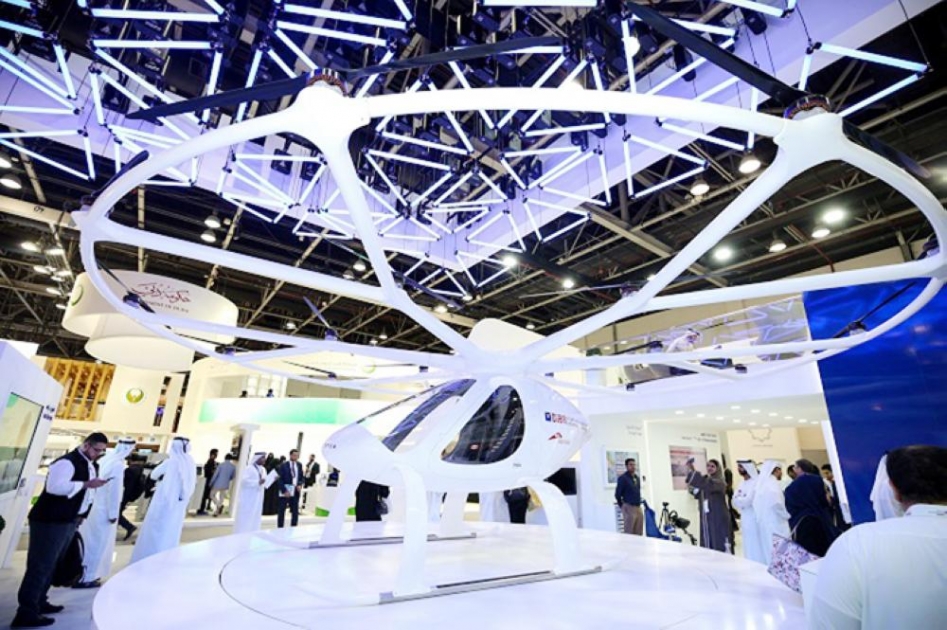
GITEX Technology Week Highlights
The 37th GITEX Technology Week kicked off in Dubai setting the tone for the future trends we should expect in technology.
Digital transformation was the buzz word companies and governments talked about to bring about smart city solutions.
At GITEX, some 4,000 exhibitors displayed technology innovations, from artificial intelligence, AI, robotics, blockchain and AR/VR, that offer solutions to problems in our daily lives and transform businesses around the world.
Here are some of the coolest technologies exhibited:
Autonomous
transportation
Cars, trains, and even helicopters will be self-driving in the coming years. The fully autonomous electric Mercedes FO15 gives a glimpse of what a driverless car could look like once it’s in production by 2023.
The Dubai Autonomous Transportation Strategy aims to transform 25% of the total transportation in Dubai to autonomous methods by 2030, saving AED 22 billion annually.
Dubai’s airport is looking to adopt the latest Tesla cars with 5G connectivity to use for passenger flow.
Dubai is also planning to launch the world’s first automated aerial taxi in partnership with the Road and Transport Authority. The autonomous taxi is fully electric with no engine, noise or complex mechanics. The German manufacturer Volocopter is developing the vehicle as Dubai plans to integrate it into the public transport system. It should be available for booking via an app.
Robots
Artificial Intelligence is becoming mainstream and more of a reality for everyday citizens. Etisalat displayed android robot Sophia who can have a conversation with humans.
Various robots were displayed at GITEX in varying capabilities. One robot, SANBOT, recently entered the UAE market hoping to transform people’s lifestyles. SANBOT can be a housekeeper that no only cleans but also tutor kids in homework and act as a surveillance and protect the house from burglars. Outside the home, it can work in cashiers or sales assistant. The robot’s 360-degree Wrap-Around technology, utilizes over 60 sensors and a 3-D camera that can read humans’ gestures. It charges itself once it’s run out of battery.
AR and VR
When virtual reality first came out, many thought it would be solely for gaming purposes bringing people into different realities. However, what was displayed showed huge possibilities in different sectors, namely education, healthcare, real estate and many others.
For instance, in healthcare, the Occulus headset offers doctors can get further insight into tumors by seeing how drugs combat DNA strands inside the cell of a cancerous growth.
In the field of space, NASA recently launched projects such as a collaborative virtual reality environment to design, assemble and interact with space crafts. Another was a 3D simulation of Goddard’s thermal-vacuum chamber, as well as a 3D visualization of space around the sun, to allow thorough mission planning.
VR can be exciting for tourists looking to choose their next holiday destination. The 360 VUZ takes travelers on a 360 degree tour to see the world.
The future of retail
Several solutions were displayed that will change shoppers’ experience in the future.
Augmented reality technology helps in choosing your favorite design on your shoes, clothes and merchandise.
Display solutions, such as Panasonic’s Transparent Screen, can display visual content such as a store’s merchandise while shoppers walk by. A clothing item has information displayed such as colors and sizes availability. This can also boost advertisement opportunities, according to Panasonic exhibitors.
3-D printing can reduce costs of material and labor by up to 90% and can do wonders in various industries. In retail, a 3-D printer that prints a model of one’s torso and projects potential outfits.



























